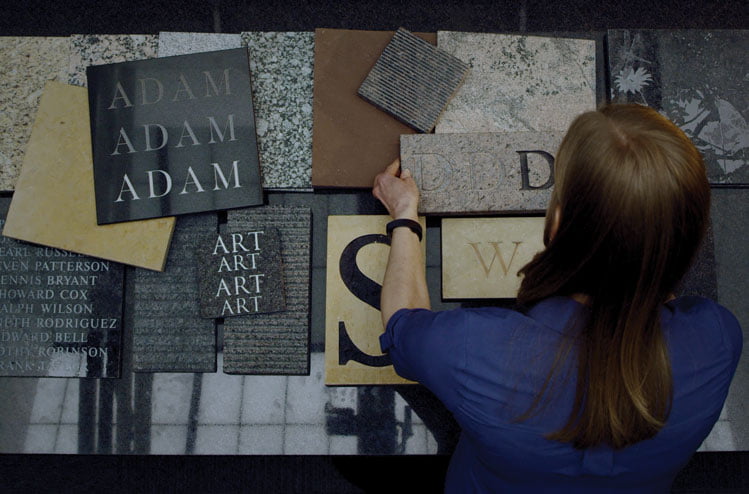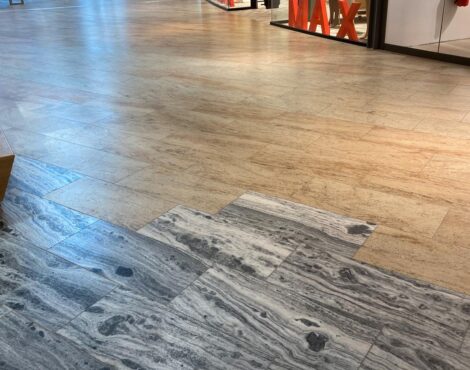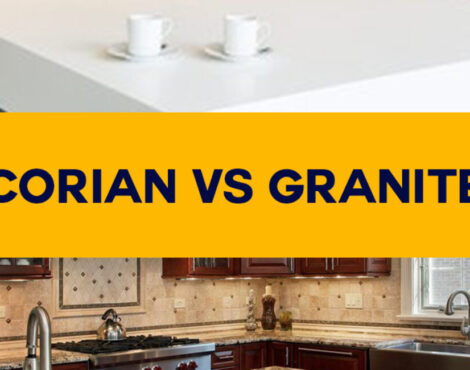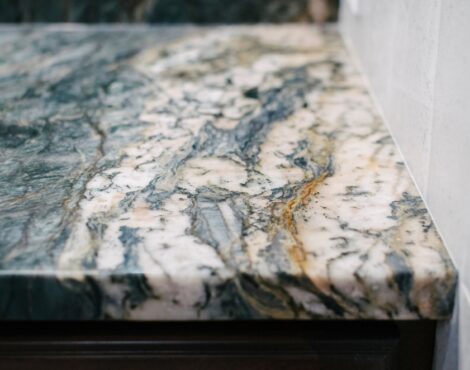In the world of building and designing, the choices we make have a lasting impact, not just on how things look, but also on our wallets. Today, we’re diving into why picking natural stone over engineered options is a clever move in the long run.
Think about a beautiful old building with sturdy stone walls, flooring or a kitchen counter that has seen years of spills and still looks fantastic. These real-life examples tell us something important: natural stone is not just a pretty choice; it’s a smart investment that doesn’t wear out quickly and doesn’t need a lot of expensive care.
As we explore the money side of things, let’s look at how choosing natural stone isn’t just about saving money now, but understanding of durability, maintenance, and overall cost-effectiveness that position natural stone as an investment offering sustained value. Join us as we unravel the narrative of why natural stone emerges as a prudent choice, not just in terms of aesthetics but as a wise financial decision over the lifespan of a project.
Considerations in Material Selection: Balancing Short-Term Gains and Long-Term Impacts
Making decisions about construction materials should take into account both short-term costs and long-term effects. Even though engineered stone might have some early benefits, it’s important to consider all of the possible long-term drawbacks before making a decision. The key is to make decisions that align with the concept of long-lasting quality so that decisions made today have a lasting influence.
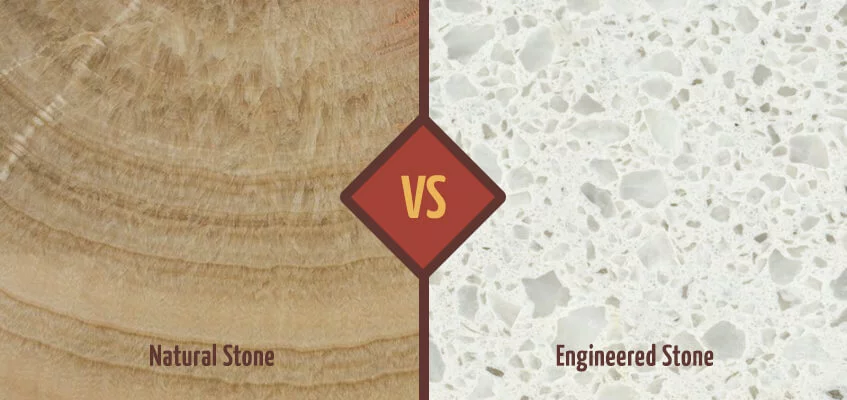
Comparing Choices: Natural Stone vs. Engineered Stone
1. Affordability in the Present
Natural Stone:
- Often comes with a higher upfront cost.
- Considered a long-term investment with enduring value.
Engineered Stone:
- Budget-friendly option, appealing for immediate financial relief.
- Lower initial cost but may not have the same long-term value.
2. Easy Installation and Convenience
Natural Stone:
- Installation can be labor-intensive and may take more time.
- Requires careful handling and expertise during installation.
Engineered Stone:
- Generally easier and quicker to install.
- Offers convenience with more predictable and uniform pieces.
3. Uniformity
Natural Stone:
- Each piece is unique, showcasing natural variations.
- Aesthetic appeal lies in the authenticity of natural patterns.
Engineered Stone:
- Provides a consistent and uniform appearance.
- Customizable for a tailored aesthetic, but may lack the uniqueness of natural variations.
4. Sustainability: Comparing Natural Stone vs. Engineered Stone

Long-Term Price of Engineered Stone
While engineered stone might seem like an economical choice and convinient initially, it’s essential to lift the veil and explore the potential long-term costs associated with this popular material. Let’s look into the factors that could impact your budget down the road when opting for engineered stone.
1. Durability Concerns:
- Engineered stone may not withstand wear and tear as well as natural stone.
- Chips, scratches, and other damages could lead to costly repairs.
2. Limited Lifespan:
- The longevity of engineered stone may not match that of natural stone.
- Replacement costs could become a recurring expense.
3. Maintenance Expenses:
- Specialized cleaning products may be required, adding to maintenance costs.
- Stains or damages may necessitate professional intervention, incurring additional charges.
4. Resale Value Impact:
- Engineered stone may not enhance property value over time.
- Potential lower resale value could impact overall return on investment.
5. Technological Obsolescence:
- Evolving technology might render older engineered stone varieties outdated.
- Upgrading to newer options could involve substantial costs.
It becomes clear that the seemingly affordable nature of engineered stone demands a closer look at the potential long-term expenses that might impact your budget and overall satisfaction with your investment.
Conclusion
In conclusion, this exploration aims to provide a comprehensive understanding of why natural stone stands out as a cost-effective investment and as we looked into engineered stone, and, well, it can cost more over time. By considering both current and future values, architects and designers can make informed choices that result in spaces that not only last but also exude timeless appeal. Building spaces that last isn’t just for today; it’s like a gift we give to the future. So, let’s keep making smart choices and build places that stay strong and look great, no matter how much time passes!
Stone Galleria
We offer more than just materials – we provide a partnership founded on reliability and responsiveness. Stone Galleria recognizes the distinctive requirements of commercial enterprises and is committed to delivering dependable and cost-effective supply chain management.
As a leading manufacturer, supplier, and exporter of Granite, Sandstone, and Quartzite, we tailor our products to your specifications, including dimensions, thickness, and various finishes.
Embark on the journey to enhance your operations by requesting a free quote today. Complete our inquiry form, and we will promptly respond to your needs.
Knowledgeable – Reliable – Responsive

